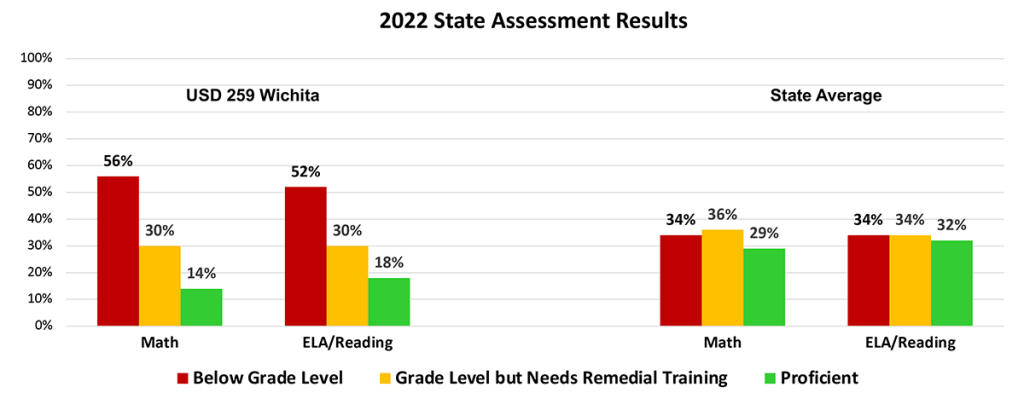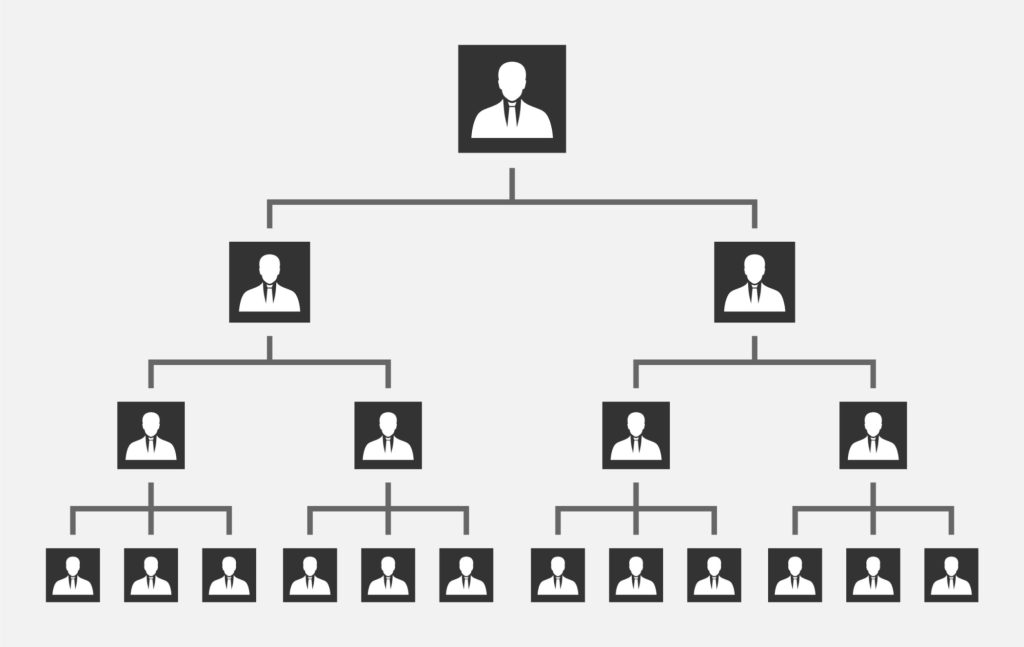Tim Hamblin, the Derby High School principal who had to apologize for showing a video about white privilege, is moving to the Wichita school district next year to be the Executive Director of College and Career Readiness. That’s part of the superintendent’s job in many school districts, but it is one of dozens of top administrative positions in the Wichita bureaucratic regime.
It turns out that USD 259 Wichita has 45 top administrators, who have 164 other managers working for them, according to personnel reports. (‘Manager’ for this purpose includes superintendent, assistant superintendent, deputy superintendent, executive director, director, division director, and people with ‘chief’ in their title.) The total payroll for those 45 top administrators was $6.3 million in the 2022 school year, which is an average of a little over $140,000.
The 12 Days of Christmas came to mind as the list was built – 15 executive directors, 15 directors, four division directors, three assistant superintendents, three chiefs, one deputy superintendent, one superintendent, and a few other titles for good measure.
This cast of hundreds certainly isn’t making a difference in student achievement.
More than half of all students tested are below grade level in reading and math, and less than one in five are proficient. The high school results are even worse, with 66% below grade level in math and only 9% are proficient. Even more concerning, outcomes have been declining for several years.

This administrative bloat exists for several reasons. First, the State Board of Education (SBOE) does not hold districts accountable for improving outcomes. To the contrary, SBOE and the Kansas Department of Education (KSDE) have been de-emphasizing academic preparation and improvement since 2016, and districts can maintain accreditation no matter how poorly students are educated.
Next, with no accountability, districts are free to spend money however they wish, and SBOE/KSDE does nothing when districts don’t follow state law on how money is supposed to be spent.
These irresponsible actions are protected in the Kansas Constitution, which places the general supervision of schools with the State Board of Education. Kansas is the only state in the nation where the Legislature and Governor do not have general oversight of the public school system.
That needs to change.






